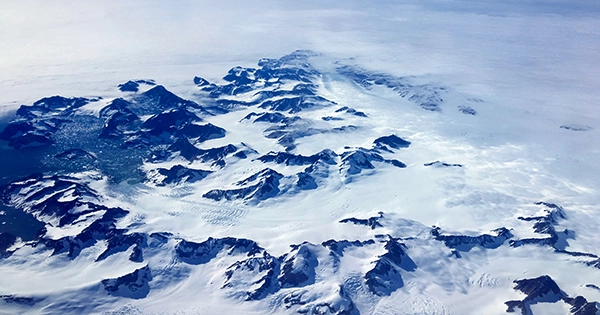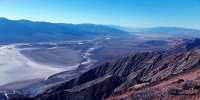Many paleoclimate specialists have struggled to solve two puzzles: how and from where did the ice sheets of the previous ice age build so quickly? These puzzles may have been clarified by a recent study that was published in Nature Geoscience and offered an answer. These results could potentially be used to understand previous glacial epochs. When the last glacial cycle started 116,000 years ago, the Northern Hemisphere was completely covered in ice. Scientists were surprised that it only took 10,000 years for these sheets to expand and combine.
The massive ice sheets that blanketed the warmer Northern Europe and Scandinavia have long baffled scientists, as the warm water pushed up by the North Atlantic Current should have left Scandinavia relatively ice-free. According to senior author Marcus Lofverstrom, “the issue is that we don’t know where those ice sheets (in Scandinavia) originated from and what caused them to spread in such a short length of time.”
The Community Earth System Model is a sophisticated Earth-system model created by the study’s authors. This model may accurately reproduce the early glacial climate in terms of both time and space. The Canadian Arctic Archipelago’s ocean entrances were discovered by the researchers to be crucial in regulating the climate of the North Atlantic. The fate of the Scandinavian ice sheets was ultimately determined by this doorway. The simulations showed that the Northern Hemisphere was sufficiently chilled by the Earth’s orbital arrangement to let ice sheets to accumulate in Northern Canada and Siberia as long as the Canadian Arctic Archipelago remained open.
The study team also looked at whether the Canadian Arctic Archipelago’s rivers were impeded by marine ice sheets. Fresh Arctic and North Pacific trash is often directed east of Greenland rather than via the Canadian Arctic Archipelago. The North Atlantic deep circulation was weakened and refreshed as a result of the diversion, and Scandinavia saw lower temperatures and an increase in sea ice.
“We show that ice forming in northern Canada can block ocean gateways and divert water transport from the Arctic into the North Atlantic, and that in turn leads to a weakened ocean circulation and cold conditions off the coast of Scandinavia, which is sufficient to start growing ice in that region,” Lofverstrom said. “We use both climate model simulations and marine sediment analysis.” According to Diane Thompson, research author, “these conclusions are confirmed by marine sediment records from the North Atlantic, which reveal evidence of glaciers in northern Canada many thousand years before the European side.”
Similar to our modeling findings, “the sediment records also provide persuasive evidence of a weakening deep ocean circulation prior to the formation of glaciers in Scandinavia.” Overall, the trials could imply that Scandinavian glaciers could not have formed without the sea ice production in Northern Canada. According to Lofverstrom, it’s plausible that the mechanisms we described here apply to all glacial periods, not just the most recent one. The Younger Dryas cold reversal (12,900–11,700 years ago), which punctured the overall warming at the end of the previous ice age, may perhaps assist to explain more transient cold times.














